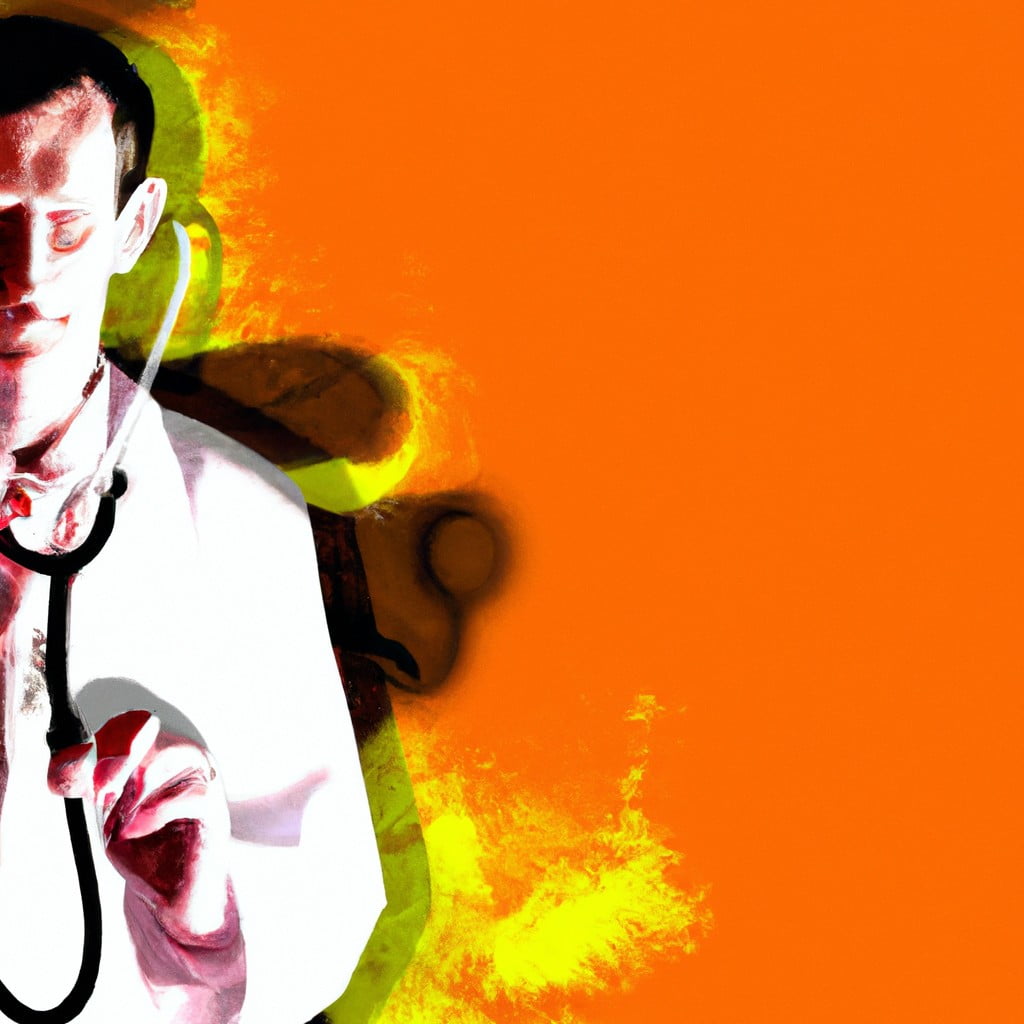Here’s everything you need to know about telemedicine moonlighting if you want to start doing it.
Within the realm of telemedicine, moonlighting offers physicians a unique opportunity to balance their work and personal lives. By leveraging remote consults, doctors can cater to diverse patients without needing to commute or relocate, increasing their availability and flexibility.
Moreover, telemedicine allows physicians to work during unconventional hours, thus providing a convenient platform for ‘after-hours’ practice.
The various benefits of telemedicine moonlighting have sparked a surge in interest among healthcare professionals, particularly residents seeking ways to improve their financial stability during their residency period.
This emerging trend showcases the immense potential of telemedicine in revolutionizing how physicians engage with patients while managing their careers more effectively.
What Is Telemedicine Moonlighting?
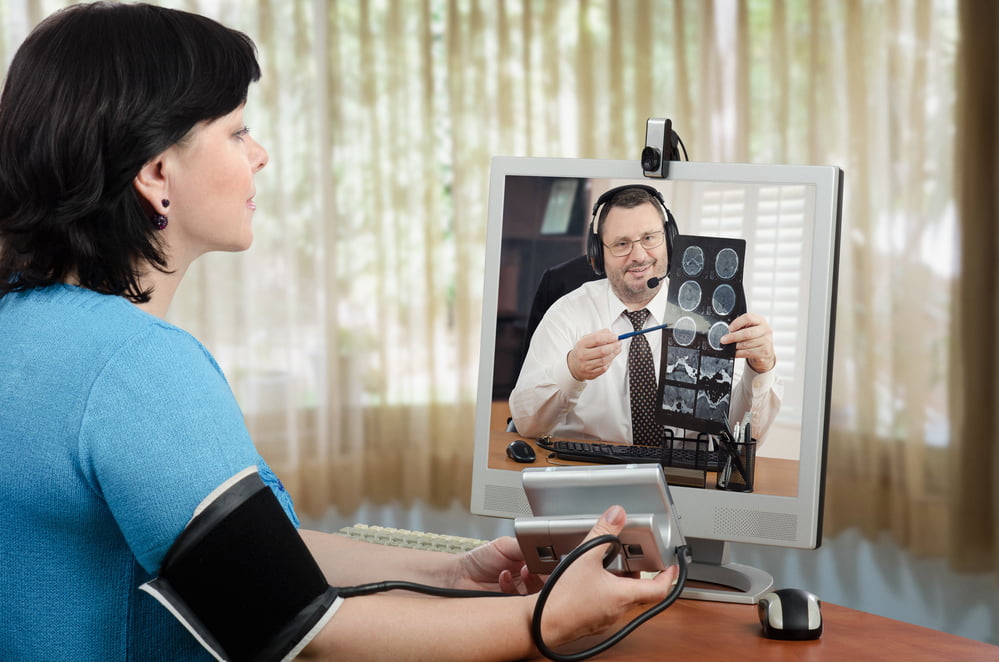
Telemedicine moonlighting refers to the practice of healthcare providers, such as physicians and nurses, taking on part-time or occasional work through telehealth platforms.
This allows them to treat patients remotely, providing medical services via video, phone, or messaging. This opportunity is particularly beneficial for those looking to gain experience, enjoy flexibility, and earn extra income outside their primary roles.
There are several perks to telemedicine moonlighting, including:
- Convenience: Telehealth offers flexibility in work hours, allowing healthcare providers to offer consultations and treatment after-hours.
- Increased income: Telemedicine moonlighting serves as a source of supplemental income, especially for residents who typically earn between $70,000 and $80,000 per year.
- Professional growth: Healthcare providers can expand their expertise, skills, and knowledge with exposure to diverse patient cases.
The Growth and Popularity
The increasing demand for telehealth services, driven by factors like the COVID-19 pandemic and advancing technology, has contributed to a rise in telemedicine moonlighting opportunities.
- Accessibility: Telemedicine enables healthcare providers to offer services to underserved and rural populations, who may have limited access to in-person medical care. This expands the market for providers while addressing a significant need for patients.
- Technological advancements: Improved internet connectivity and access to advanced communication tools have made it easier for healthcare providers to offer telemedicine services.
- Regulatory changes: The pandemic has led to the temporary relaxation of some regulations, allowing clinicians to work outside their traditional geographic areas, making telemedicine moonlighting more available for many providers.
The growth and popularity of telemedicine moonlighting continue to rise, as healthcare professionals discover its convenience, income potential, and professional growth.
Benefits of Telemedicine Moonlighting
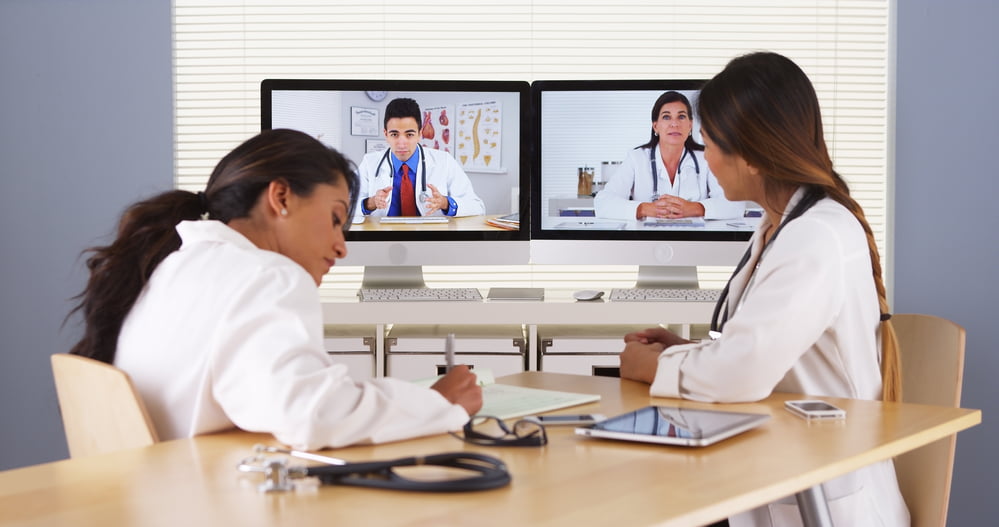
Flexible Schedules and Work-Life Balance
Telemedicine moonlighting offers healthcare professionals the advantage of flexible schedules. This allows them to work during weekends or evenings as desired, making it an ideal option for part-timers. The remote nature of telemedicine lets providers choose where and when to work, so they can easily balance work with their personal lives. As a result, professionals can enjoy a greater level of work-life balance.
Supplemental Income and Debt Management
Another major benefit of telemedicine moonlighting is the opportunity to earn supplemental income. Residents, who typically make between $70,000 and $80,000 per year, can use moonlighting as a source of additional income to cover expenses or pay off debt faster. This added financial security can alleviate stress, ultimately resulting in a better overall quality of life.
Broadening Professional Network and Skillset
Participating in telemedicine moonlighting allows healthcare providers to expand their professional network and skillset. They can collaborate with other medical professionals and learn from different experiences, leading to improved patient care and career progression. By working in telemedicine, providers can also broaden their knowledge on the use of technology in healthcare, which is crucial in today’s rapidly evolving medical landscape.
Minimizing Burnout
Lastly, telemedicine moonlighting can help in minimizing burnout among healthcare professionals. Flexible hours and schedule control provide professionals with the ability to adjust their workload as needed. This flexibility can foster a better sense of control and reduce stress for providers. Moreover, telemedicine shows promise in reducing burnout by allowing medical professionals to focus on patient care without the burden of administrative tasks or excessive paperwork.
Overall, telemedicine moonlighting offers numerous benefits to healthcare providers, including flexible hours, supplemental income, expanding professional networks and skillsets, and minimizing burnout.
Telemedicine Moonlighting for Different Medical Specialties

Internal Medicine and Hospitalists
Telemedicine moonlighting for internal medicine practitioners and hospitalists provides an opportunity to extend their clinical reach and offer specialized care to patients from a variety of locations. In this field, physicians can participate in telehealth opportunities that help them to build experience and networks within the medical community.
This can involve managing patients with chronic conditions, offering consultations, and addressing acute medical issues. These opportunities offer flexibility to work outside of traditional clinical hours and adapt to the physicians’ own schedule.
Emergency Medicine
Emergency medicine physicians can take advantage of the rapidly growing adoption of telemedicine for urgent care centers. By providing virtual consultations for patients with non-emergency conditions, emergency medicine practitioners can alleviate the workload in crowded emergency departments while enabling timely access to care.
Telemedicine moonlighting in emergency medicine allows physicians to earn added income while sharpening their diagnostic acumen and managing a diverse range of cases beyond their typical work environment.
Pulmonary and Critical Care
For pulmonary and critical care specialists, telemedicine moonlighting offers promising benefits in managing the complex needs of critically ill patients. With the expansion of tele-ICU services, pulmonary/critical care specialists can utilize telehealth technology to monitor patients remotely and provide real-time support to the on-ground medical teams.
This can lead to improved patient outcomes and more efficient use of resources. Additionally, telehealth can be utilized to provide pulmonary consultations for patients with chronic respiratory illnesses, helping to manage their conditions and provide specialized guidance.
In summary, telemedicine moonlighting offers diverse opportunities for physicians across various medical specialties. This not only enhances their clinical skills but also allows them to earn additional income while maintaining a flexible schedule.
The growth of telehealth services is rapidly shaping the future of healthcare, and moonlighting in telemedicine allows practitioners of internal medicine, emergency medicine, and pulmonary/critical care to play a key role in this development.
How to Get Started in Telemedicine Moonlighting

Licensing and Board Certification Requirements
Before diving into telemedicine moonlighting, it is essential to ensure that you meet the necessary licensing and board certification requirements. In most cases, physicians must have an active medical license in the state where the patient resides. Some telemedicine companies may require a specific telemedicine license to practice across state lines.
Board certification is another crucial aspect to consider. While it may not be mandatory, being board-certified can enhance your credibility and increase your chances of being hired by reputable telemedicine companies.
Malpractice Insurance
Another vital aspect of getting started in telemedicine moonlighting is obtaining appropriate malpractice insurance. Telemedicine practitioners are still at risk for malpractice claims, just like in-person medical practitioners.
It is necessary to have malpractice insurance that covers your telemedicine practice, as some policies may only cover in-person care. Make sure to review your current policy and inquire about any additional coverage you may need for telemedicine.
Finding the Right Telemedicine Companies
Lastly, it is essential to research and select the right telemedicine companies for your moonlighting endeavors. There are several factors to consider when choosing a company, including:
- Type of practice: Determine if the telemedicine company focuses on primary care, specialty care, or a specific niche that matches your expertise.
- Compensation: Investigate the compensation structure offered by the telemedicine company, as some may offer an hourly rate, while others may provide a fee per consult.
- Flexibility: Look for companies that offer flexible scheduling options, allowing you to manage your primary job and telemedicine commitments.
- Reputation: You want to ensure that the company you choose has a solid track record and positive reviews from both patients and healthcare professionals.
By meeting the necessary licensing and board certification requirements, obtaining suitable malpractice insurance, and selecting the right telemedicine companies, you can enter the telemedicine moonlighting world.
Clinical Considerations and Patient Care in Telemedicine Moonlighting
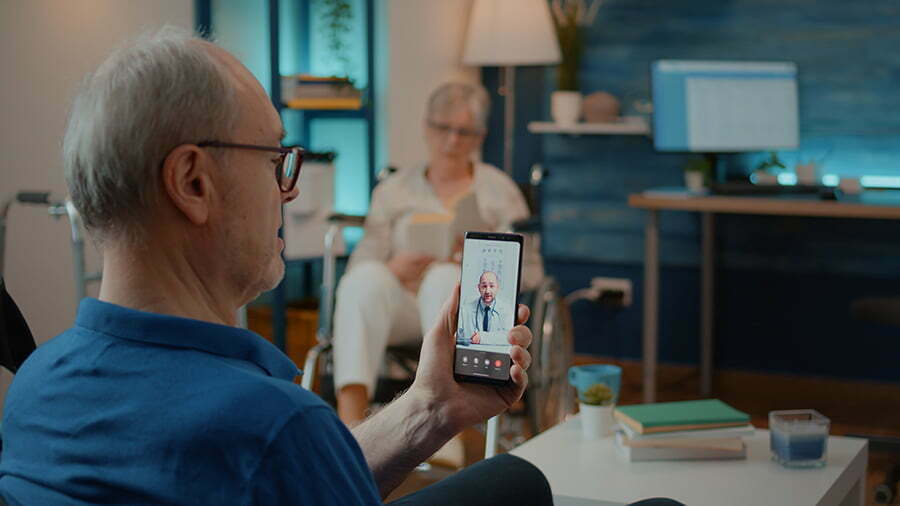
Adapting to a Telemedicine-Based Practice
Incorporating telemedicine into a healthcare professional’s practice requires adapting to new technologies and virtual communication methods. For clinicians, this involves learning to use video conferencing platforms, electronic health records, and remote patient monitoring tools. A primary concern is ensuring this transition does not negatively impact patient care.
Due to remote consultations, healthcare professionals need to develop strong communication skills to effectively assess patients and establish rapport despite the lack of physical interaction. Telemedicine can offer convenience and accessibility to healthcare services for both patients and clinicians, making it essential to navigate these changes successfully.
Collaborating with On-Site Clinicians
Collaboration between telemedicine providers and on-site clinicians is crucial for maintaining continuity of care and ensuring appropriate management of patient cases. This partnership may involve sharing of diagnostic information, laboratory test results, and recommendations for treatment or follow-up.
Healthcare professionals providing telemedicine services should establish clear communication channels with on-site colleagues, particularly when providing care in remote locations or for patients with limited mobility.
Maintaining Quality Patient Care
Despite the physical distance, telemedicine providers must continue to prioritize patient safety and maintain the highest standard of care. This includes maintaining patient privacy and confidentiality and being cognizant of any potential challenges or limitations posed by the virtual environment.
In addition, telemedicine moonlighting healthcare professionals should stay up-to-date on best practices and clinical guidelines for the conditions they treat and be prepared to adapt their approach as needed.
The use of telemedicine for patient care has the potential to increase access to healthcare services and improve overall patient satisfaction. By thoughtfully adapting to a telemedicine-based practice, collaborating with on-site clinicians, and maintaining quality patient care, healthcare professionals can successfully leverage the benefits of telemedicine moonlighting.
Telemedicine Moonlighting During COVID Crisis
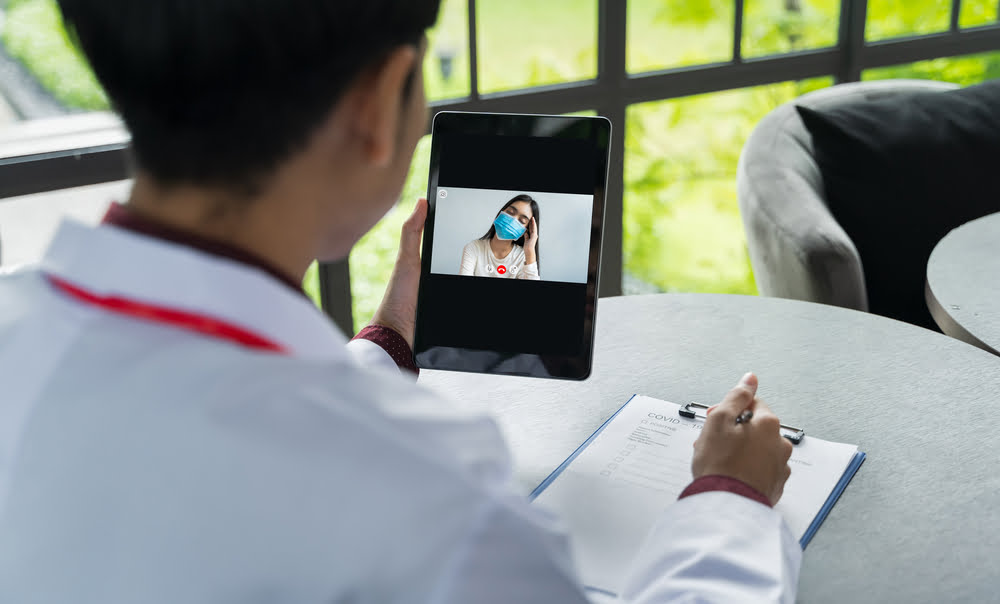
Increased Demand for Telehealth Services
The COVID-19 pandemic has created an unprecedented demand for telehealth services. This surge in demand can be attributed to factors such as social distancing, lockdowns, and the need to minimize face-to-face interactions to prevent the spread of the virus. During the first three months of the pandemic, telemedicine encounters increased by 766% for working-age individuals with private insurance claims data.
In response to this growing need, healthcare professionals, including moonlighting doctors, have stepped up to offer their services remotely. Telemedicine moonlighting allows physicians to provide quality care to patients outside their standard work hours or geographical locations. This flexibility has been crucial in addressing the increased demand for telehealth services during the COVID crisis.
Supporting Overwhelmed Healthcare Systems
Telemedicine moonlighting has played a significant role in supporting overwhelmed healthcare systems during the pandemic. As hospitals and clinics faced influxes of COVID-19 patients, many non-emergency medical services had to be postponed or shifted to virtual platforms. CMS adopted a virtual presence policy to allow teaching physicians to supervise and review residents’ patient care remotely via audio/video real-time communications technology.
This support from moonlighting physicians has helped alleviate some of the pressures faced by healthcare systems, as they could continue providing care to patients with non-COVID-related health concerns. Implementing telemedicine moonlighting also decreased the risk of exposure to the virus for both patients and healthcare workers.
Overall, the embracement of telemedicine moonlighting during the COVID crisis has played a vital role in meeting the increased demand for telehealth services and supporting overwhelmed healthcare systems. Its success has opened the door for further integration of telemedicine in the healthcare system, even beyond the pandemic.
Related reading:



